
Koilanemos Agios Georgios Church
Koilanemos, CY
The church with the ekklesionym Agios Georgios was built in 1895. The building is centrally located in the original settlement area.
Here you can search for a building to visit. You can use the map find destinations, or you can use the filters to search for a building based upon what different criteria.

Koilanemos, CY
The church with the ekklesionym Agios Georgios was built in 1895. The building is centrally located in the original settlement area.
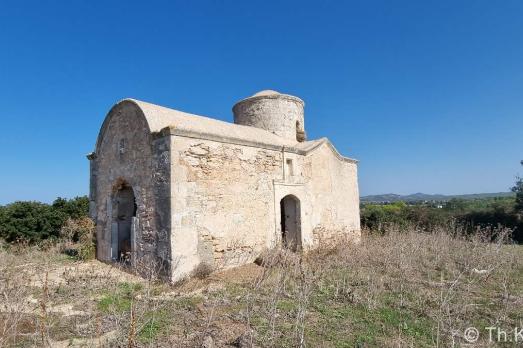
Koilanemos, CY
The Chapel of the Archangel Michael (Agios Georgios) in the forest is located about 500 metres west of the original settlement area in a small wooded area. The condition of the building can be described as fair. However, all the doors and windows are missing; the interior is empty.
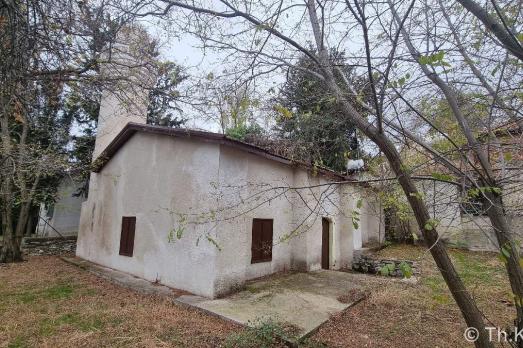
Koilani, CY
The mosque of Koilani is one of the oldest mosques in the Limassol district and is centrally located in the old village centre below the Panagia Eleousa church.

Lageia, CY
The building is located on the western edge of the village.

Hammerfest, NO
The church in Kokelv is a wooden church built in 1960 by a group of 24 German volunteers sponsored by Action Reconciliation Service for Peace, who spent seven months in Kokelv to build the church as a sign of reconciliation with the Norwegian people who had suffered under German occupation during the Second World War. The architect of the church is Rolf Harlew Jenssen.

Kókkino Chorió, GR
.
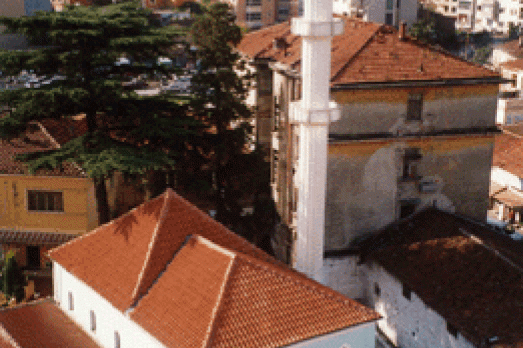
Tirana, AL
The Kokonozi Mosque, also known as the Mahmoud Agha Kokonozi Mosque or the Mosque of the New Bazaar, is a historic mosque dating from the mid-18th century. First mentioned in 1775, the mosque was extensively restored in 1853 and 1933. The Kokonozi Mosque is one of the few Muslim places of worship in Tirana that survived the Hoxha dictatorship and was not completely destroyed under the atheism decreed by the state in 1966. The mosque served as a storage room for food and tobacco. The mosque was reopened on 18 February 1991.

Kolbotn, NO
The Kolbotn church is a church built in 1932. The building is made of stone in a neo-romantic style with a medieval appearance. It was designed by architect Olav Olson, who also designed the church in Ljan and the church in Strømmen at the same time. The choir contains three stained glass windows painted by Rolf Klemetsrud in 1932.

Kolbu, NO
The church in Kolbu is a wooden church dating from 1730. Part of the material from the previous church on the site was reused during the construction of the new church. Originally, the church was covered with bricks. In 1791, it received its exterior garment and was painted red. In 1856 the octagonal tower was rebuilt, and later the church was painted white. In 1912, the church received slate on the roof. The interior is characterized by two major restorations in 1870 and 1955.
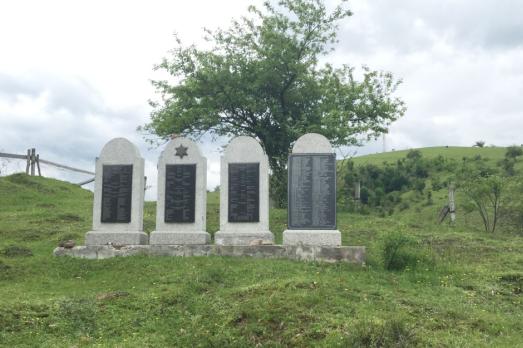
Kolochava, UA
The exact period of the cemetery’s establishment is unknown, but according to the dates on the preserved gravestones it can be assumed that the cemetery emerged in the mid-19th century. First, it appears on cadastral maps of 1864.
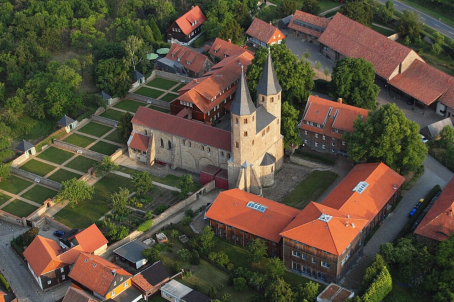
new
Nestled amidst the serene landscapes of the Harz region, lies a hidden gem for nature enthusiasts and history buffs alike - the Harz Monastery Hiking Trail. Lace up your hiking boots and embark on this captivating adventure that will transport you back in time.
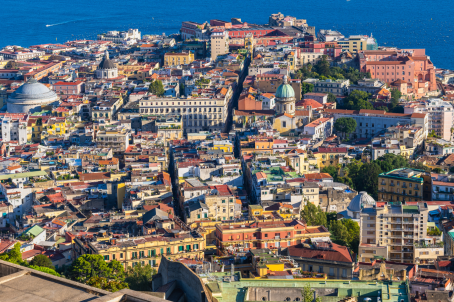
The Holy Mile (Miglio Sacro) of Naples is a one-mile-long itinerary, through sacred places linked to the city's patron saint, San Gennaro, in the Rione Sanità district. Discover the city from a new perspective with this unique walking tour.
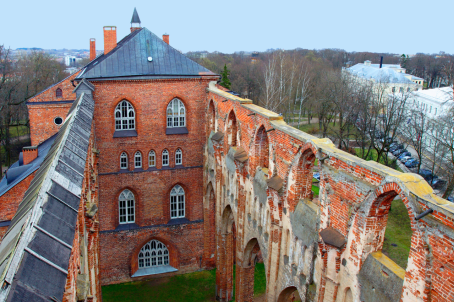
As a university city, cultural offerings abound in Tartu and will reach their peak after being designated one of three European Capitals of Culture for 2024. In this list, we've compiled the most interesting sacred places to visit in and around the old town.